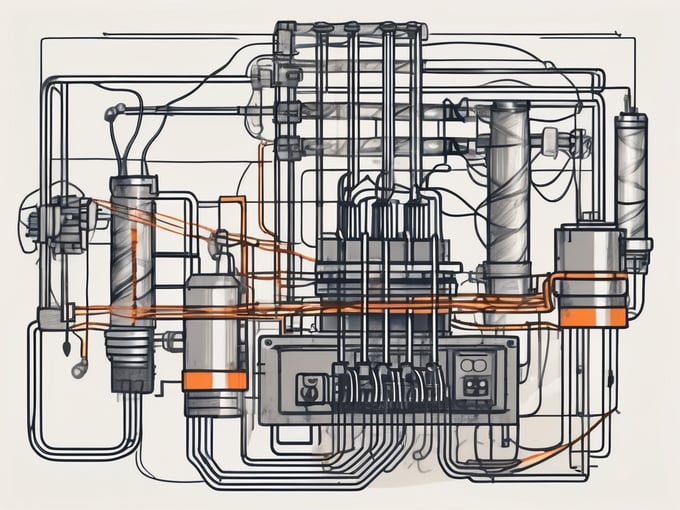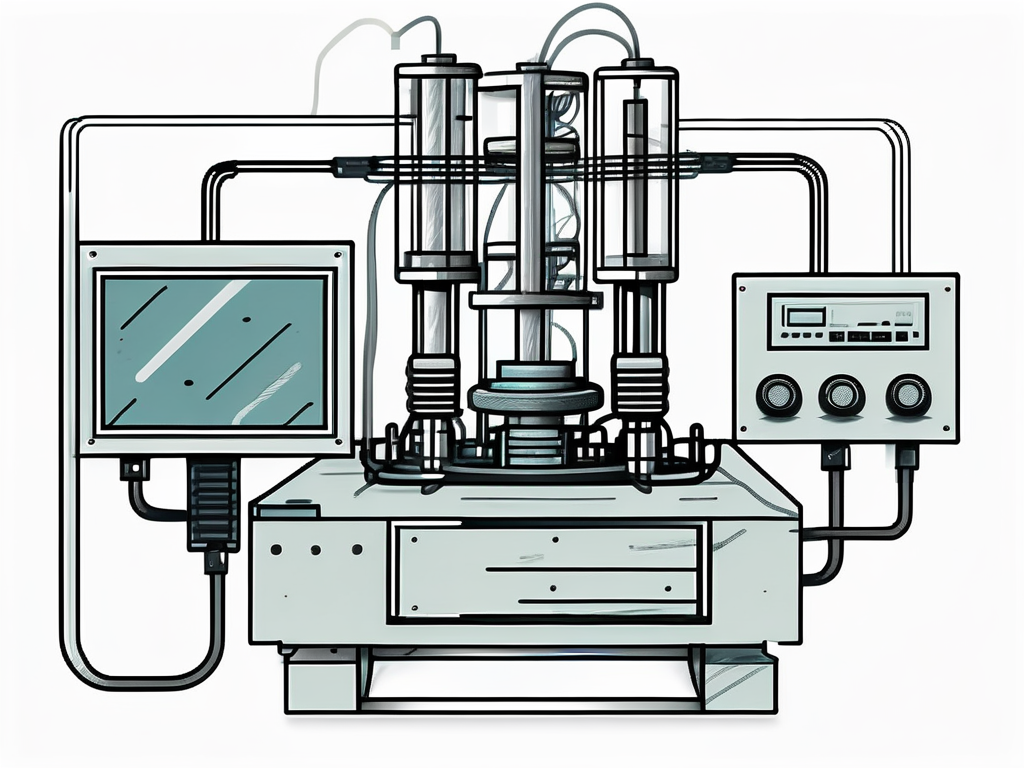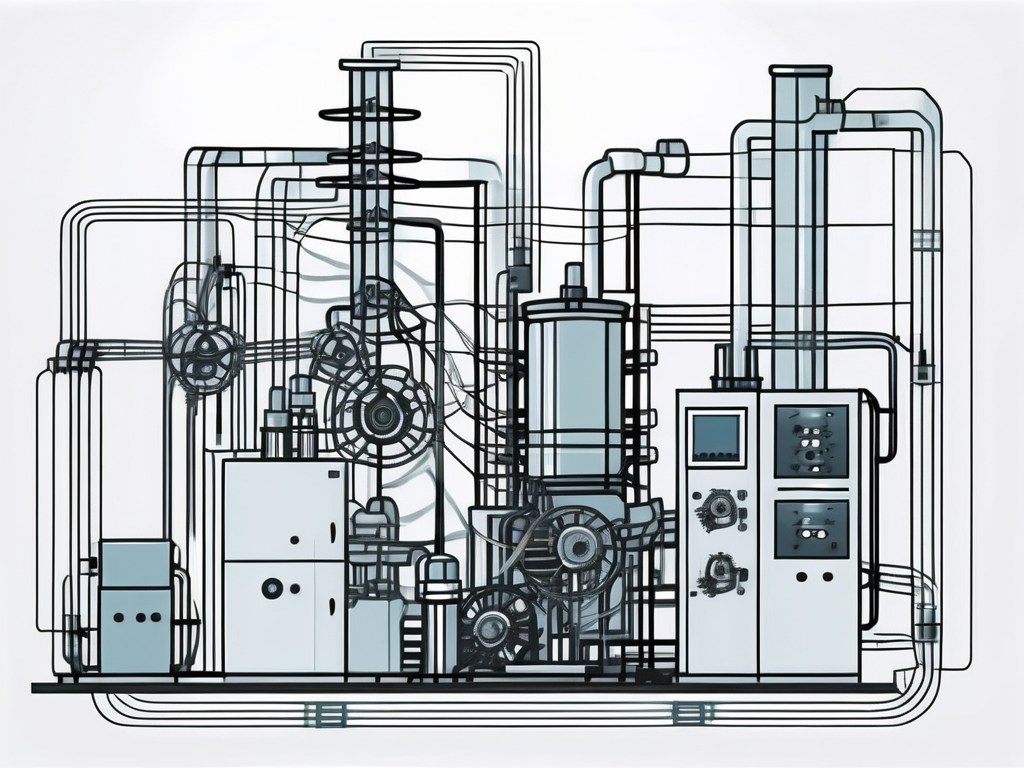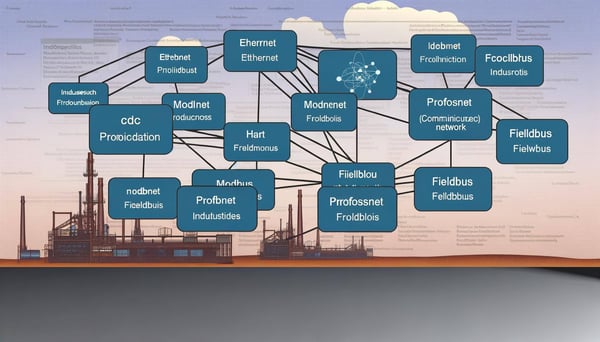
Fundamentals of DF-1
In the world of industrial automation, communication protocols play a critical role in ensuring seamless interaction between devices. One such protocol that has stood the test of time is the DF-1 protocol. Developed by Allen-Bradley (now Rockwell Automation), it has become a staple in the realm of point-to-point communication in industrial settings.
Understanding the Basics of DF-1
The DF-1 protocol is a full-duplex, byte-oriented protocol that enables communication between industrial devices. It was originally designed for serial communication between Allen-Bradley PLCs and programming panels. However, its reliability and efficiency have led to its widespread adoption in various other applications.

DF-1 operates on the RS-232, RS-422, and RS-485 physical layers, providing flexibility in terms of the type of connection. This makes it a versatile protocol that can be used in a wide range of industrial environments.
Key Features of DF-1
One of the defining features of the DF-1 protocol is its error-checking capabilities. It uses both a Longitudinal Redundancy Check (LRC) and a Cyclic Redundancy Check (CRC) to ensure data integrity. This dual-check system significantly reduces the chances of data corruption, making DF-1 a reliable choice for critical industrial applications.
DF-1 also supports a variety of message types, including read, write, and status messages. This allows for comprehensive communication between devices, facilitating not just control but also monitoring and troubleshooting.
Implementing DF-1 in Industrial Settings
Implementing DF-1 in an industrial setting involves setting up a communication link between the devices, configuring the devices to use the DF-1 protocol, and ensuring that the devices can successfully exchange messages.
Setting up the communication link involves choosing the appropriate physical layer (RS-232, RS-422, or RS-485) and ensuring that the devices are correctly wired. The choice of physical layer will depend on factors such as the distance between the devices and the presence of electrical noise.
Configuring Devices for DF-1
Once the communication link is set up, the devices need to be configured to use the DF-1 protocol. This involves setting parameters such as the baud rate, data bits, stop bits, and parity. The exact procedure for configuring these parameters will depend on the specific devices being used.
It's important to note that both devices need to be configured with the same parameters. Any discrepancy in the configuration can prevent the devices from communicating.
Testing the DF-1 Communication
After the devices have been configured, the next step is to test the communication. This can be done by sending a message from one device and checking if the other device receives it correctly. If the message is received correctly, this indicates that the DF-1 communication is working as expected.
If the message is not received correctly, this indicates a problem with the communication. In such cases, troubleshooting steps such as checking the wiring and the device configuration may be necessary.
Applications of DF-1 in Industrial Automation
DF-1 has found widespread use in a variety of industrial automation applications. Its reliability, flexibility, and comprehensive feature set make it a popular choice for many automation tasks.

One of the key applications of DF-1 is in Programmable Logic Controllers (PLCs). PLCs are used to control industrial processes, and DF-1 allows these controllers to communicate with other devices such as Human Machine Interfaces (HMIs), sensors, and actuators.
DF-1 in Data Acquisition
Another important application of DF-1 is in data acquisition systems. These systems collect data from various sensors and devices in an industrial setting. The collected data can then be used for monitoring, control, and analysis purposes.
DF-1 facilitates the communication between the data acquisition system and the devices, allowing for efficient and reliable data collection.
DF-1 in Remote Monitoring
DF-1 also plays a crucial role in remote monitoring applications. In these applications, devices in an industrial setting are monitored from a remote location. This allows for timely detection of any issues, reducing downtime and improving productivity.
DF-1 enables the communication between the remote monitoring system and the devices, ensuring that the system can receive timely and accurate data.
Conclusion
The DF-1 protocol has proven to be a reliable and efficient choice for industrial communication. Its flexibility, comprehensive feature set, and widespread adoption make it a valuable tool in the world of industrial automation.
Whether you're setting up a PLC system, a data acquisition system, or a remote monitoring system, DF-1 can provide the communication capabilities you need to ensure smooth and reliable operation.



